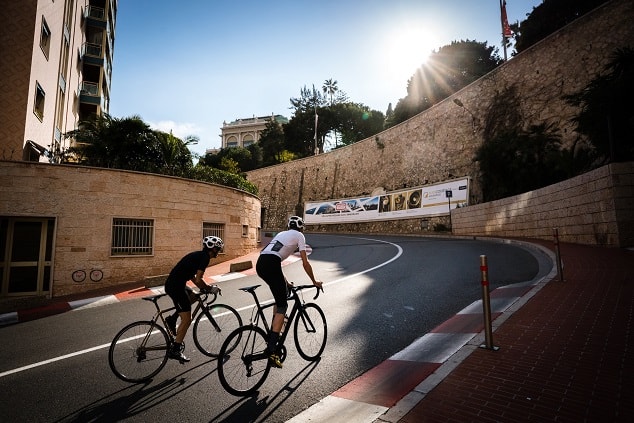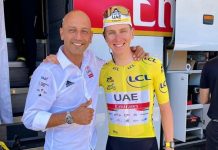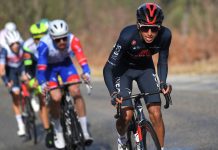The flip side of the training coin is that you need to balance very hard training sessions with very easy ones and this is where recovery rides come in.
On paper, recovery rides should be the easiest rides to do. You saddle up, spin for about an hour, and call it good. All too often, however, we screw them up by riding harder than planned, which sets back the recovery process—or worse, makes you slower over time.
Doing a recovery ride after lying on the couch will get your blood flowing along with loosening up your muscles. Muscles at rest will tighten if they’re not used or stretched properly. A recovery ride will also keep your legs from feeling stale the following day.
Ever take a day off and get back on the bike a day later only to find that you feel tired and unmotivated to ride? This falls within the premise of a body in motion stays in motion while a body at rest stays at rest. When you try and go against what your body is used to, it resists. A recovery ride keeps you riding but at a level that is low enough to not cause increased strain.
It’s pretty much impossible to do a recovery ride with a group, because it takes too much willpower to resist getting sucked into going faster and harder than intended. Use the time to go out alone and spin your legs and clear your mind.
Using a higher cadence during a recovery ride helps your recovery as you aren’t putting any stress through your muscles. Since it’s a good idea to be riding at a higher cadence (around 100rpm) during a recovery ride, why not up this a little to 110rpm and work on the fluidity of your cadence?
Rollers are also great for any session that is cadence-based, so they’re a perfect tool for the cadence drills that we have already talked about. Still, the temptation when riding the rollers is to spin up your wheels and gradually ride in a bigger and bigger gear as this means your wheels are turning faster and helps make things more stable.
Recovery nutrition
You burn a combination of glycogen from carbohydrate and fat for fuel when you ride, and the harder you ride the more of your energy comes from glycogen. You only have enough glycogen for several hours of hard riding. You may deplete your glycogen stores on a fast ride.
Pro racers have burned all their fuel and start eating carbs in the team bus even before they shower. As you come to the end of a ride, finish any food you are carrying with you. When you get off the bike eat two calories of carbohydrate per pound of body weight every hour until you can sit down for a regular meal. For example, if you weigh 150 pounds, you should eat 300 calories of carbohydrate every hour.














